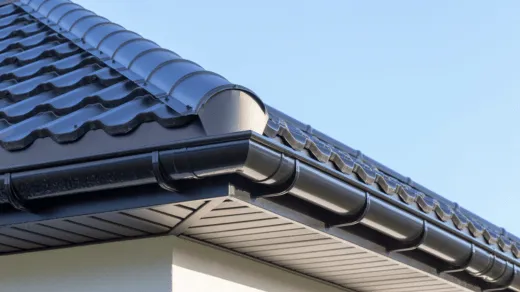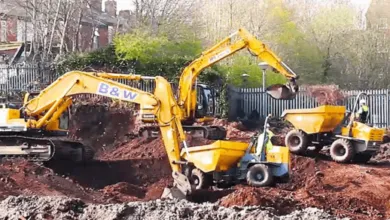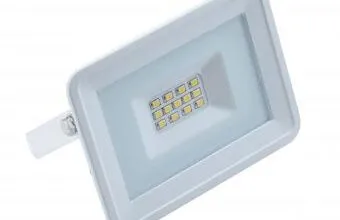Conservation Rooflights: Illuminating Heritage and Sustainability

Conservation Rooflights: Illuminating Heritage and Sustainability
Introduction:
Conservation rooflights are a unique and innovative architectural feature designed to preserve the aesthetic and historical integrity of heritage buildings while incorporating modern sustainability practices. These rooflights play a significant role in creating a harmonious blend of natural light, energy efficiency, and heritage preservation. In this article, we will delve into the world of conservation rooflights, exploring their benefits, features, and the role they play in heritage conservation and sustainable design.
1. What Are Conservation Rooflights?
Conservation rooflights, also known as heritage rooflights, are carefully designed skylights or windows installed in heritage and historically significant buildings. They are engineered to replicate traditional designs while incorporating modern materials and energy-efficient technologies. The primary goal of these rooflights is to allow natural light to flood into interior spaces while preserving the original character and appearance of the building.
2. Preserving Heritage and Historical Significance:
Heritage and historic buildings often have unique architectural features and designs that are of great cultural and historical value. Conservation rooflights are essential for maintaining the character and appearance of these structures. They allow natural light to enhance the building’s interior without compromising its external appearance.
3. Benefits of Conservation Rooflights:
- Enhanced Natural Lighting: Conservation rooflights allow an abundance of natural light to enter a building, creating a bright and inviting interior space.
- Energy Efficiency: Many modern conservation rooflights are designed with energy efficiency in mind, using advanced glazing materials that reduce heat loss and minimize energy consumption.
- Ventilation Options: Some conservation rooflights can be opened to provide natural ventilation, improving indoor air quality and reducing the need for mechanical cooling.
- Aesthetic Integration: Conservation rooflights are available in various styles and materials, ensuring they blend seamlessly with the existing architecture.
4. Types of Conservation Rooflights:
There are various types of conservation rooflights to choose from, including:
- Flush-Glazed Rooflights: These rooflights sit flush with the surrounding roofing materials, creating a seamless and unobtrusive appearance.
- Slimline Rooflights: Slimline designs are characterized by minimalistic framing, maximizing the amount of natural light that enters the building.
- Thermally Efficient Rooflights: These rooflights incorporate advanced glazing and insulation materials to improve energy efficiency and reduce heat loss.
- Opening Rooflights: Some conservation rooflights can be opened to provide both light and ventilation.
5. Sustainable Design and Conservation:
Conservation rooflights play a crucial role in sustainable design by reducing the need for artificial lighting during daylight hours. By harnessing natural light, these rooflights contribute to energy conservation and reduced electricity consumption. Moreover, modern conservation rooflights are designed to minimize heat loss, which further enhances energy efficiency.
6. Regulatory Compliance:
Heritage and historic buildings are often subject to strict regulations and preservation guidelines. Conservation rooflights are typically designed to meet these requirements, ensuring they comply with historical preservation standards while providing modern performance.
7. Installation and Maintenance:
Installing conservation rooflights should be carried out by professionals experienced in heritage preservation and architectural design. Proper maintenance is crucial to ensure the longevity and performance of these rooflights, which may include regular cleaning, resealing, and glazing replacement if necessary.
Conclusion:
Conservation rooflights represent a perfect marriage of heritage preservation and sustainability. These architectural features provide the precious gift of natural light to historical and heritage buildings, enhancing their interior spaces without compromising their historical significance. Additionally, they contribute to energy efficiency and reduced environmental impact, aligning with the growing importance of sustainable design and construction. Conservation rooflights are not merely windows in the roof; they are gateways to a brighter, more sustainable future for our architectural heritage.
Check out Rainclear Systems for more information.
Conservation rooflights are a unique and innovative architectural feature designed to preserve the aesthetic and historical integrity of heritage buildings while incorporating modern sustainability practices. These rooflights play a significant role in creating a harmonious blend of natural light, energy efficiency, and heritage preservation. In this article, we will delve into the world of conservation rooflights, exploring their benefits, features, and the role they play in heritage conservation and sustainable design.
1. What Are Conservation Rooflights?
Conservation rooflights, also known as heritage rooflights, are carefully designed skylights or windows installed in heritage and historically significant buildings. They are engineered to replicate traditional designs while incorporating modern materials and energy-efficient technologies. The primary goal of these rooflights is to allow natural light to flood into interior spaces while preserving the original character and appearance of the building.
2. Preserving Heritage and Historical Significance:
Heritage and historic buildings often have unique architectural features and designs that are of great cultural and historical value. Conservation rooflights are essential for maintaining the character and appearance of these structures. They allow natural light to enhance the building’s interior without compromising its external appearance.
3. Benefits of Conservation Rooflights:
- Enhanced Natural Lighting: Conservation rooflights allow an abundance of natural light to enter a building, creating a bright and inviting interior space.
- Energy Efficiency: Many modern conservation rooflights are designed with energy efficiency in mind, using advanced glazing materials that reduce heat loss and minimize energy consumption.
- Ventilation Options: Some conservation rooflights can be opened to provide natural ventilation, improving indoor air quality and reducing the need for mechanical cooling.
- Aesthetic Integration: Conservation rooflights are available in various styles and materials, ensuring they blend seamlessly with the existing architecture.
4. Types of Conservation Rooflights:
There are various types of conservation rooflights to choose from, including:
- Flush-Glazed Rooflights: These rooflights sit flush with the surrounding roofing materials, creating a seamless and unobtrusive appearance.
- Slimline Rooflights: Slimline designs are characterized by minimalistic framing, maximizing the amount of natural light that enters the building.
- Thermally Efficient Rooflights: These rooflights incorporate advanced glazing and insulation materials to improve energy efficiency and reduce heat loss.
- Opening Rooflights: Some conservation rooflights can be opened to provide both light and ventilation.
5. Sustainable Design and Conservation:
Conservation rooflights play a crucial role in sustainable design by reducing the need for artificial lighting during daylight hours. By harnessing natural light, these rooflights contribute to energy conservation and reduced electricity consumption. Moreover, modern conservation rooflights are designed to minimize heat loss, which further enhances energy efficiency.
6. Regulatory Compliance:
Heritage and historic buildings are often subject to strict regulations and preservation guidelines. Conservation rooflights are typically designed to meet these requirements, ensuring they comply with historical preservation standards while providing modern performance.
7. Installation and Maintenance:
Installing conservation rooflights should be carried out by professionals experienced in heritage preservation and architectural design. Proper maintenance is crucial to ensure the longevity and performance of these rooflights, which may include regular cleaning, resealing, and glazing replacement if necessary.
Conclusion:
Conservation rooflights represent a perfect marriage of heritage preservation and sustainability. These architectural features provide the precious gift of natural light to historical and heritage buildings, enhancing their interior spaces without compromising their historical significance. Additionally, they contribute to energy efficiency and reduced environmental impact, aligning with the growing importance of sustainable design and construction. Conservation rooflights are not merely windows in the roof; they are gateways to a brighter, more sustainable future for our architectural heritage.
Check out Rainclear systems for more information.





